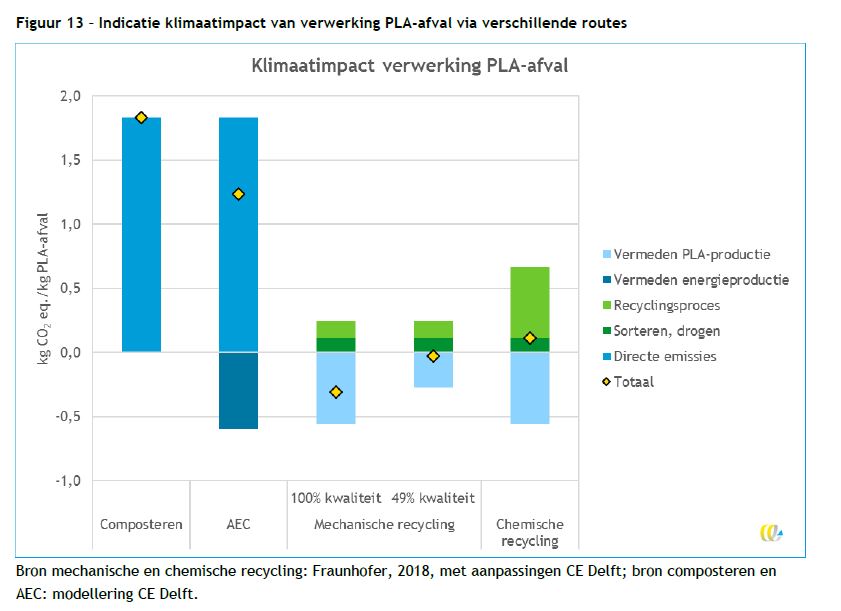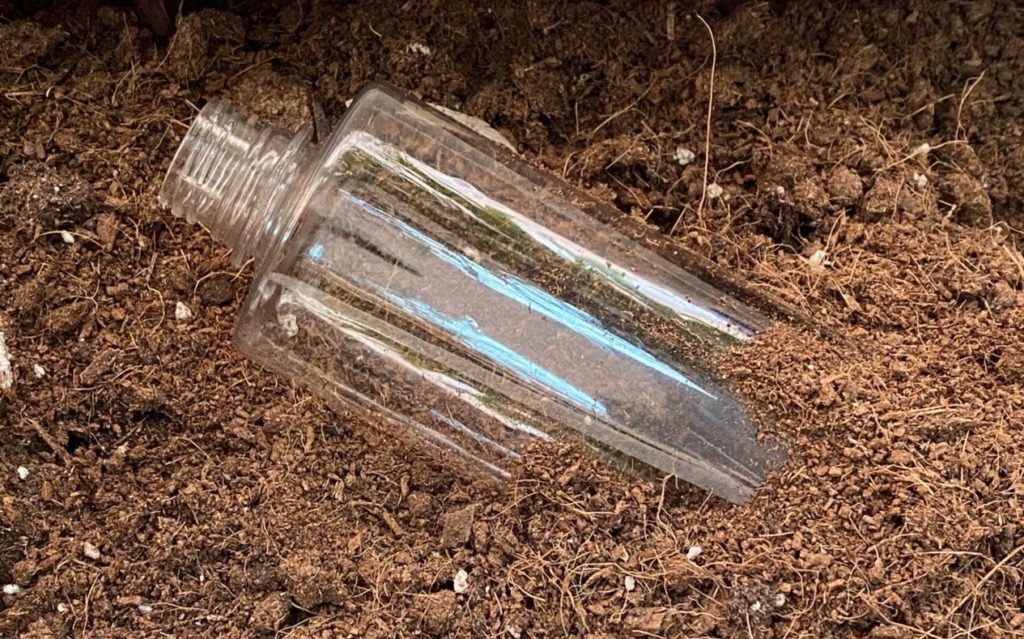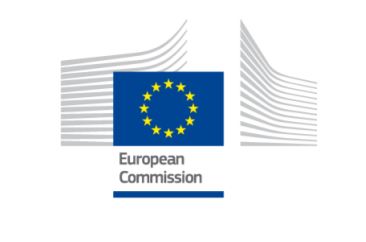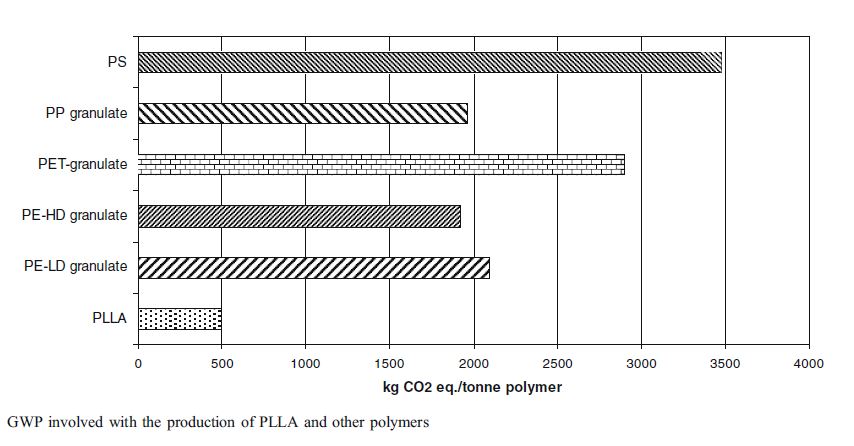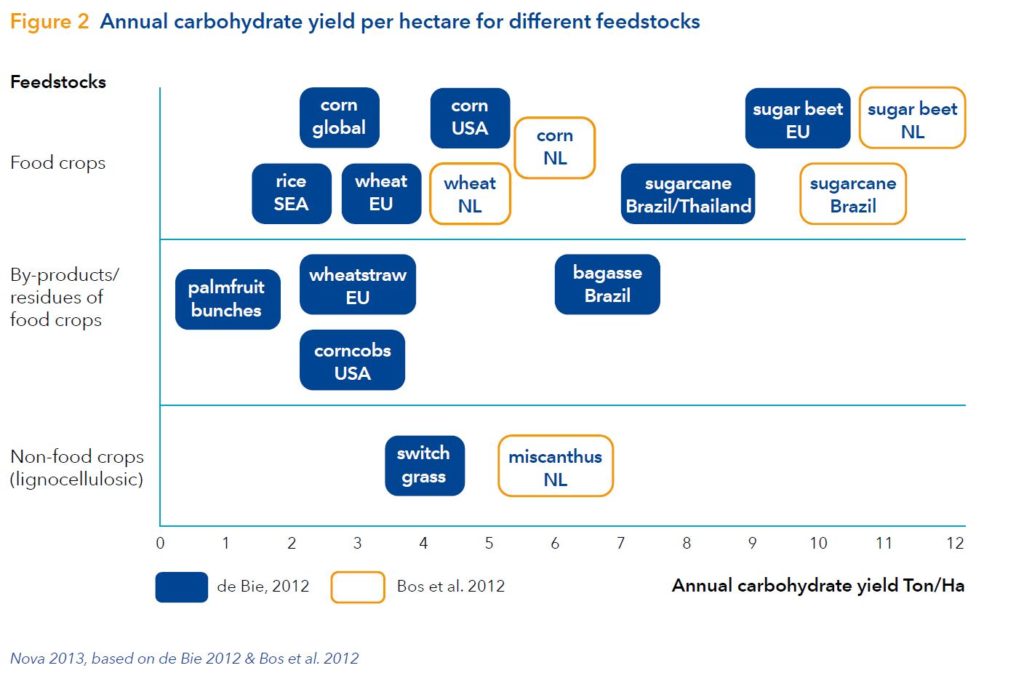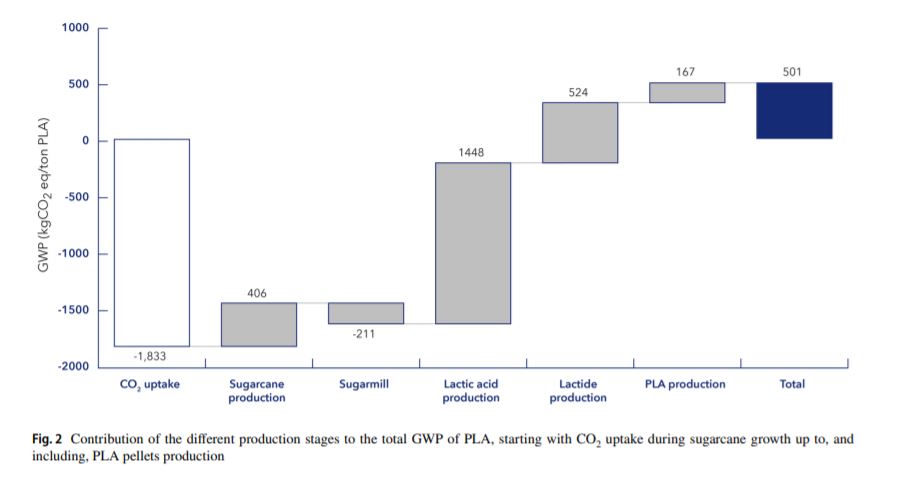- +31-624-845-535
- info@plabottles.eu
- in need of compostable packaging?
- Let's connect
Bioplastic articles
There are hundreds of articles, videos, and foto on the subject of bio-plastics. Below are some of the articles that give an insight on the benefits of bio-plastics and our PLA Bottles. Information on the environmental footprint of polylactic acid (PLA), compostability of bioplastics and how the EU is reacting to the rise of bioplastics.
We believe in bio-plastic. Thats’s why we only use bio-plastics PLA bottles for our water, milk, juice.
Why use PLA bottles?
Check out the comparison of the different packaging materials on: CO2 emissions, energy use, and water use.
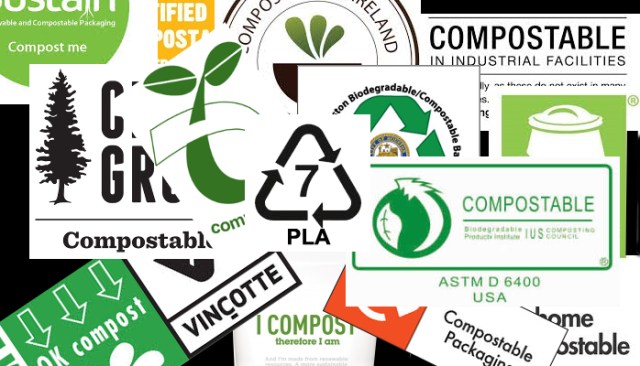
Play Video about ASTM standards - different logo's compostability
Play Video
Why do we put our natural products into oil based packaging? it those not make sense. Plant-based packaging is a much better alternative. Use PLA bottles
Play Video
We make PLA bottles differently. We use plant-based material. Not the toxic fossil plastic made from oil, sugarcane is our resource.
Play Video
Our plant-based, compostable, PLA bottles are good for closed loop venues.
Vivian discusses what is a bioplastic, if it’s a sustainable solution for us, and how to work together to create a more sustainable Earth. Vivian is a 15-year-old advocate for mental health and the environment through volunteering.
What is PLA – Polylactic acid. An explenation of this plant-based and compostable plastic (bottle). It uses and the scientific structure.
